|
The 2nd Annual Shop Hop was a smashing success. Underneath the bus was full and inside the bus was full too! The Shopping was so good that plants had to be held on laps!
1 Comment
We hosted a bus Trip to the Chicago Flower Show at Navy Pier earlier in the month. Carol reports it was a:
"Very enjoyable day walking amongst the smell of fresh soil and flowers especially at this time of year!" The April meeting was held at Gateway in Kenosha. Greenhouse shopping was followed by the general meeting and an excellent talk on "Fertilizers & Plant Disease" by Ali Schultz who is a Horticulture Instructor at the school.
The hospitality committee provided an excellent variety of snacks and a pretty bouquet. Thanks to Mary C, Bonnie S, Julia L and LaVerna P for the lovely table. Susan gave a blessing for the Madri Gras Tea. We were awash in Green, Gold and Purple. We tried some hurricanes and ate too much. It was another successful fun fellowship.
We did not have a formal meeting, but Mary Ellen was installed as the Vice President as she wasn't at the December meeting. Lucky had a guest from Chicago, Jeanne. The food was wonderful! Our March meeting put us in the mood for Spring! Bill Thompson gave a presentation on Day Lilies. Our hostesses made a lovely Spring table and we welcomed several new and prospective members. At his home Bill have 46 garden beds filled with 1600 variety of lily! He said he first got a few from a friend and then it took off from there.
The first record of lilies is in China in the year 2697 BC. They were used for food & medicine. The first written record of the flower in Europe was in 1576. Immigrants brought the bulbs with them to North America. Hybridizing began in the late 1800s. A Wisconsin man, Orlo Stout, was a famous botanist who furthered day lily colors and varieties. Initially, day lily were yellow or orange. Stout bred the first red day lily in 1934. Today, many hybridizer's goal is to bred a blue day lily. Day lily varieties now number over 70,000! Day lily are easy to grow and hardy. They can handle sun (preferred) or shade. Dave says to divide them every 3 to 5 years as they will continue to multiple. The January meeting was held January 14th. We tried something new with a "Soup's Ready" luncheon. It's a new favorite and destined to become an Annual Event. Beth Goepinger presented, "Building a Place for Pollinators" which was a wonderful, informative program.
|


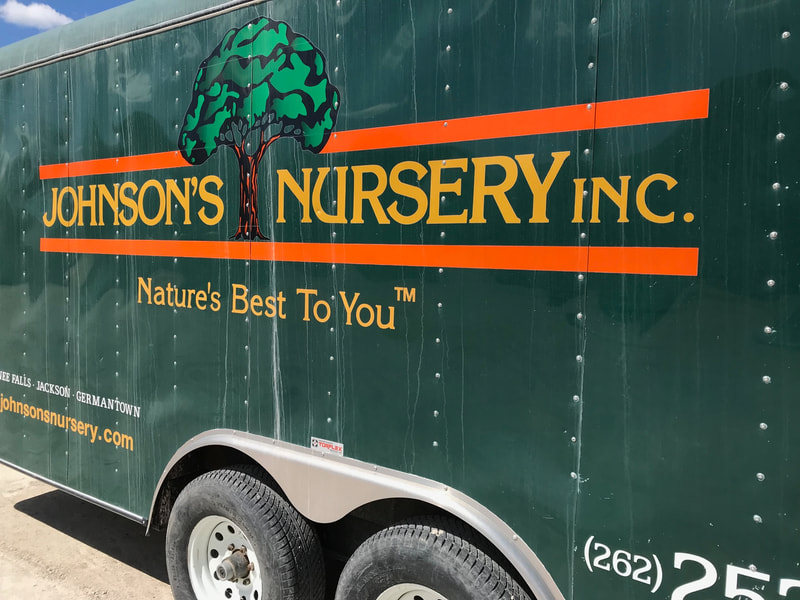
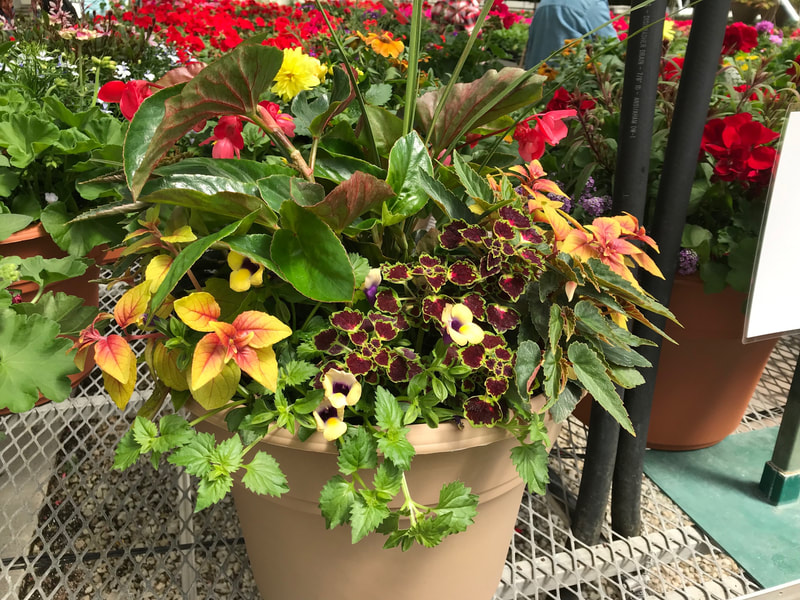






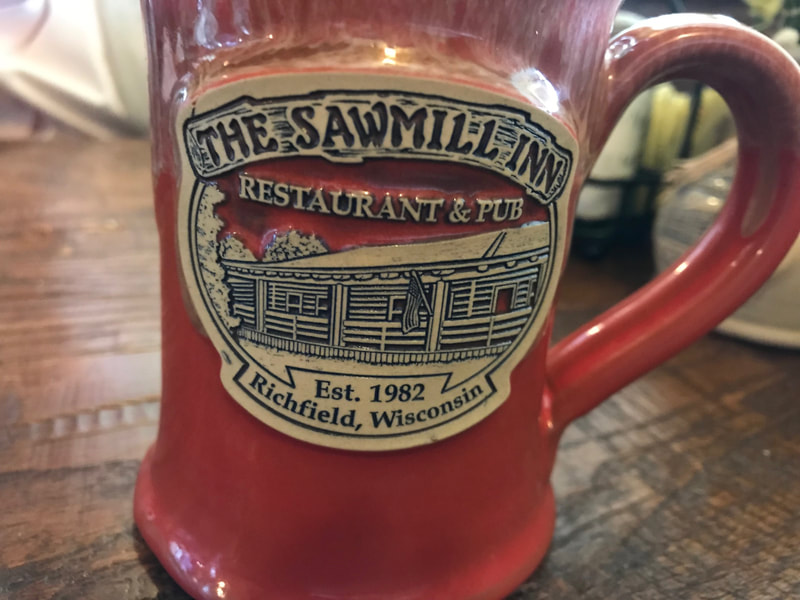

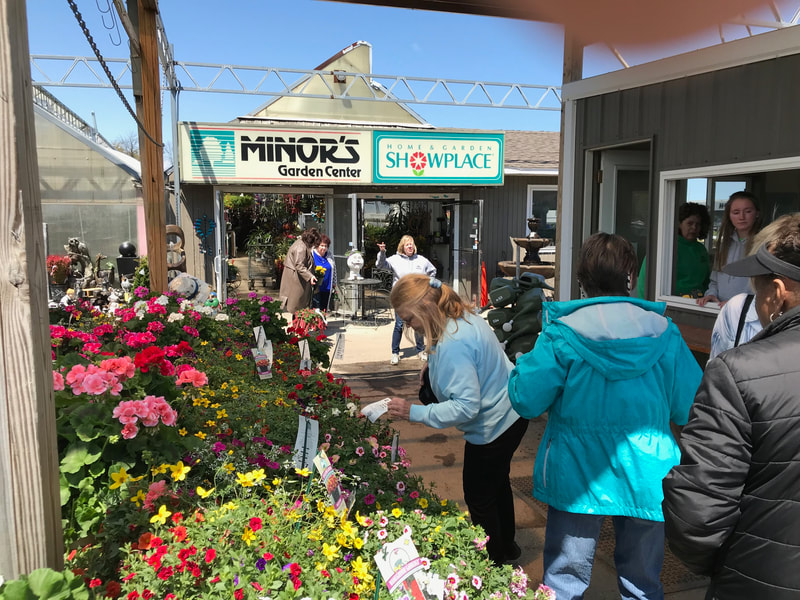




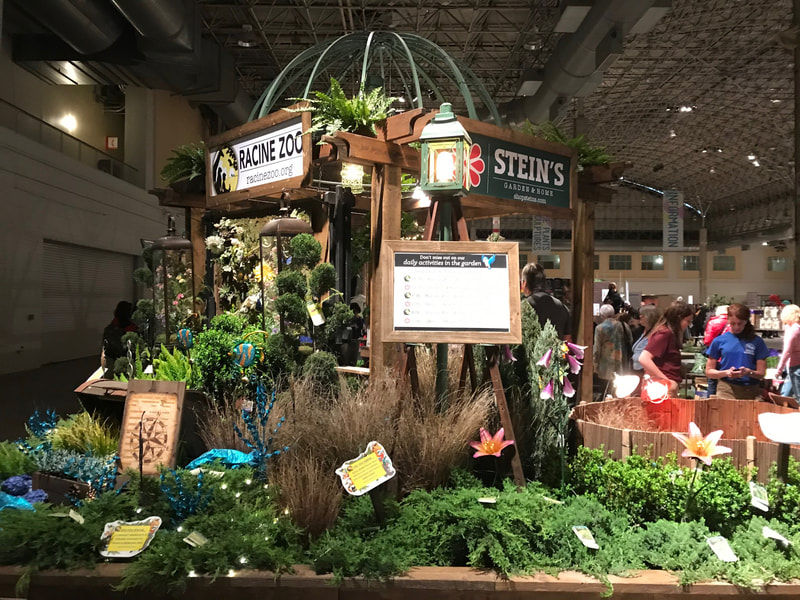





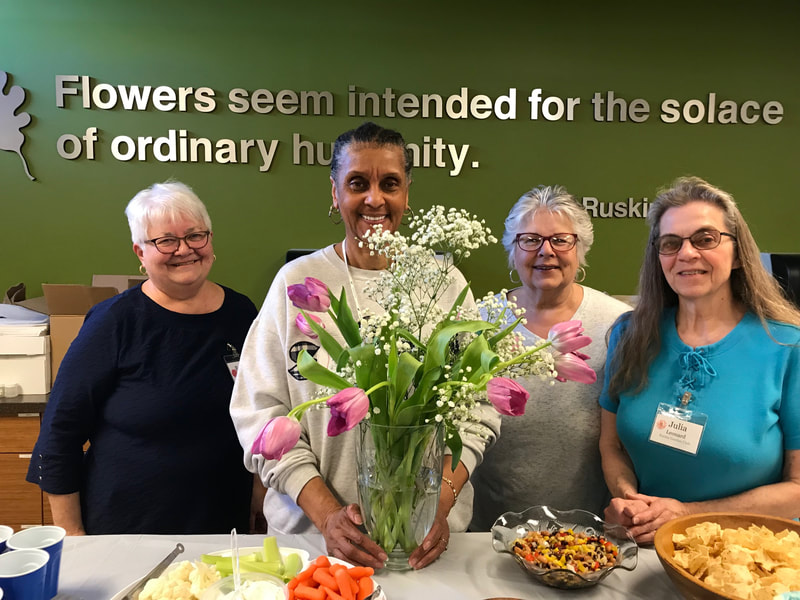

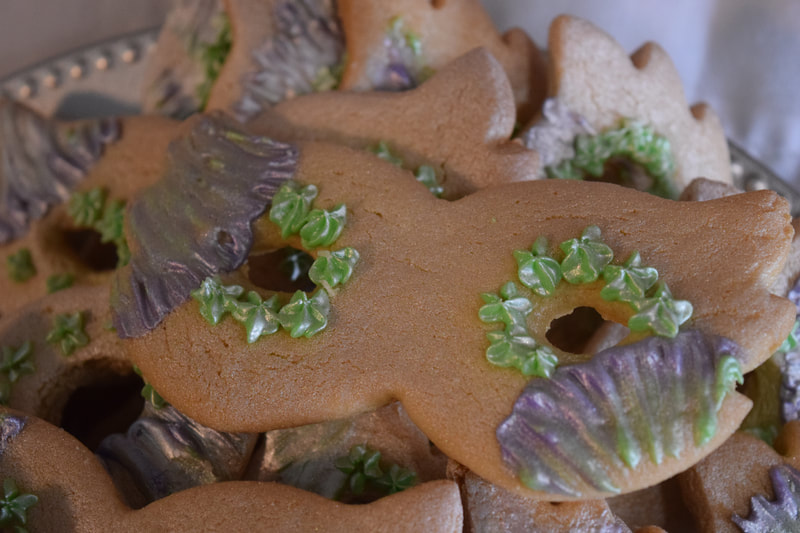


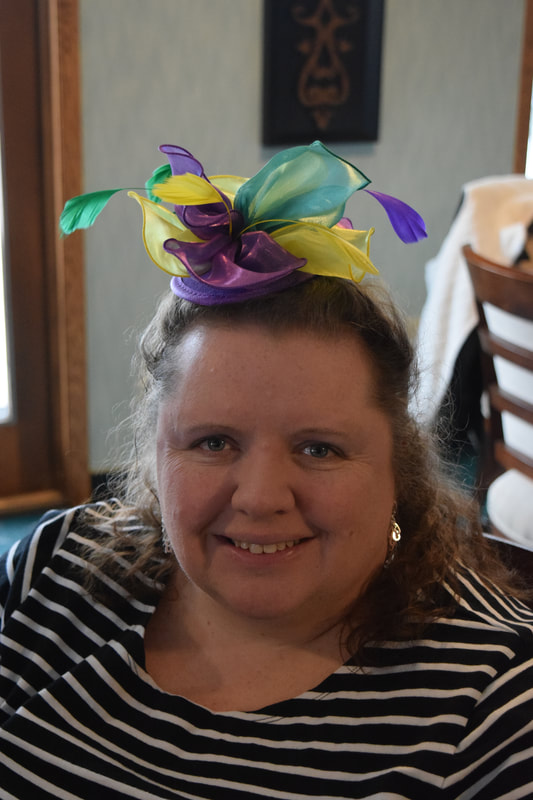
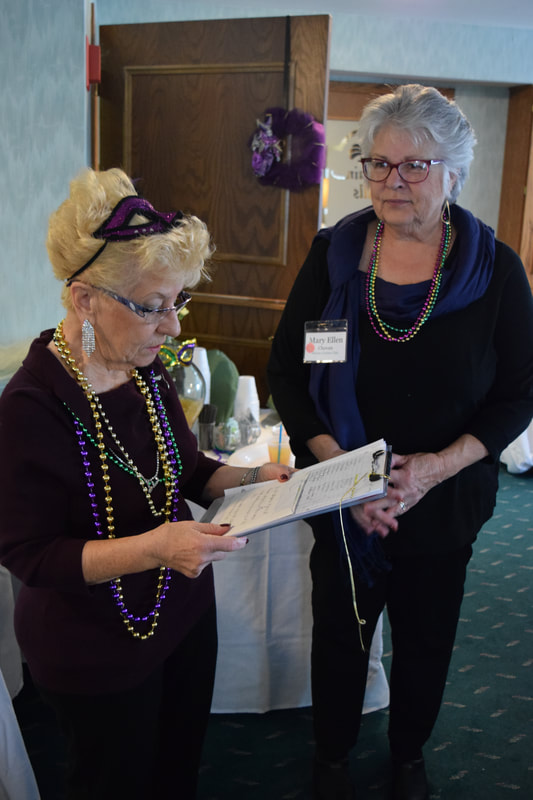
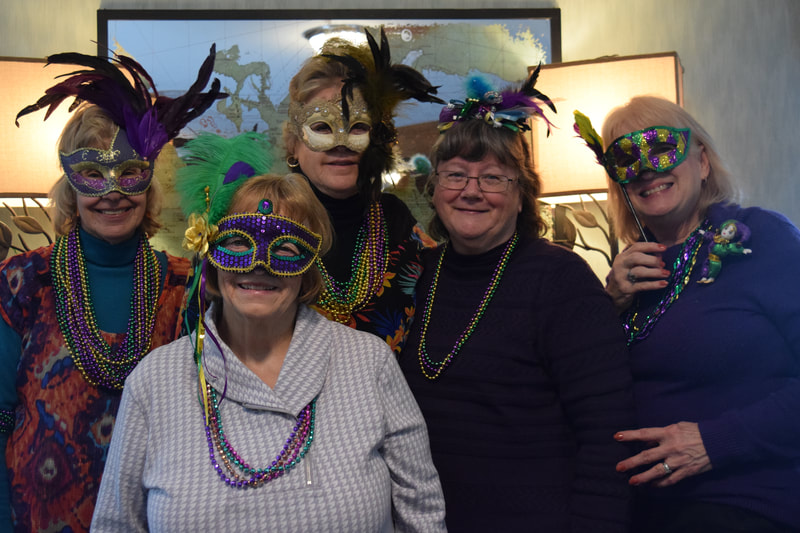



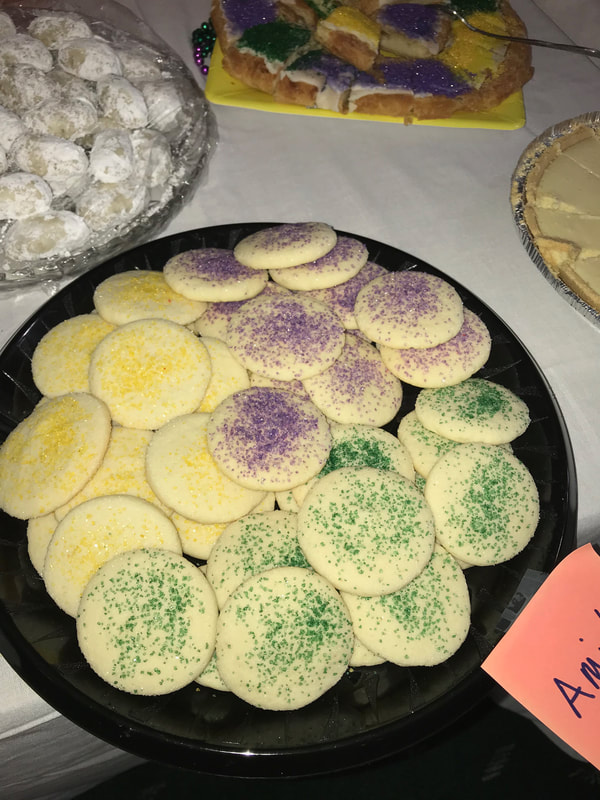

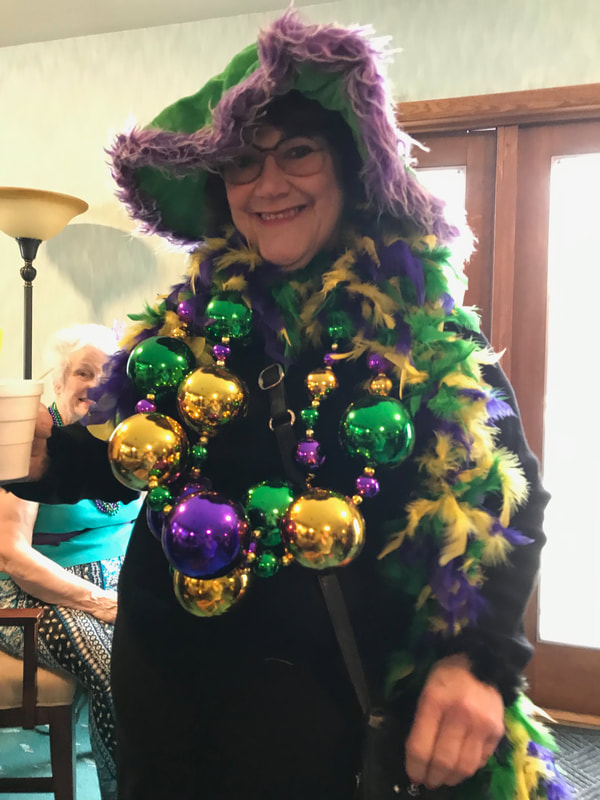



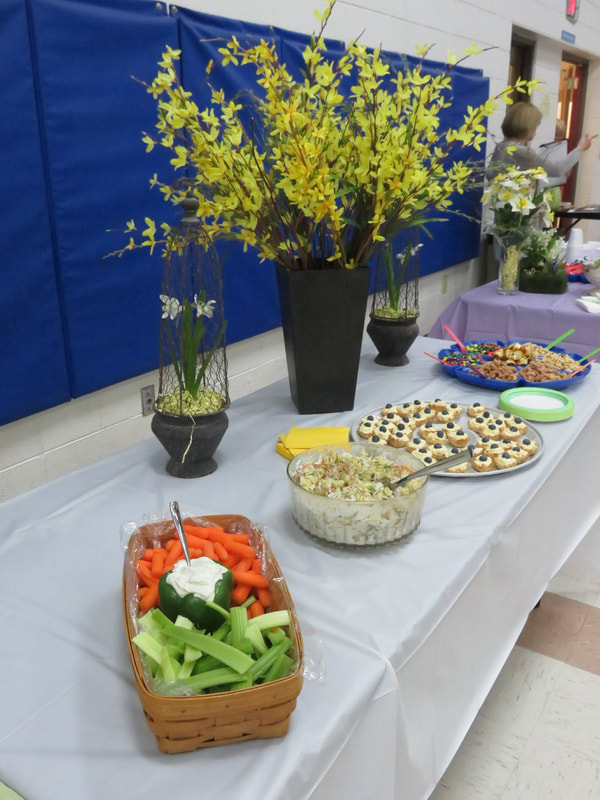
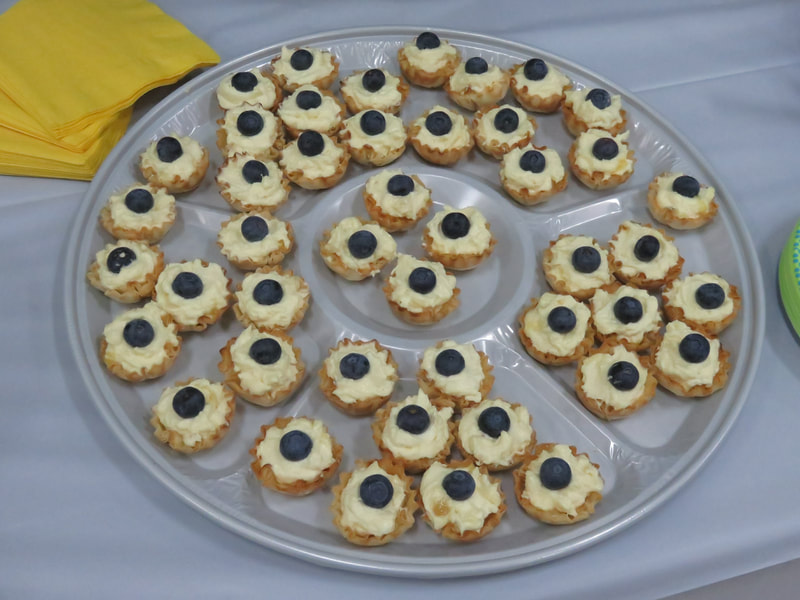
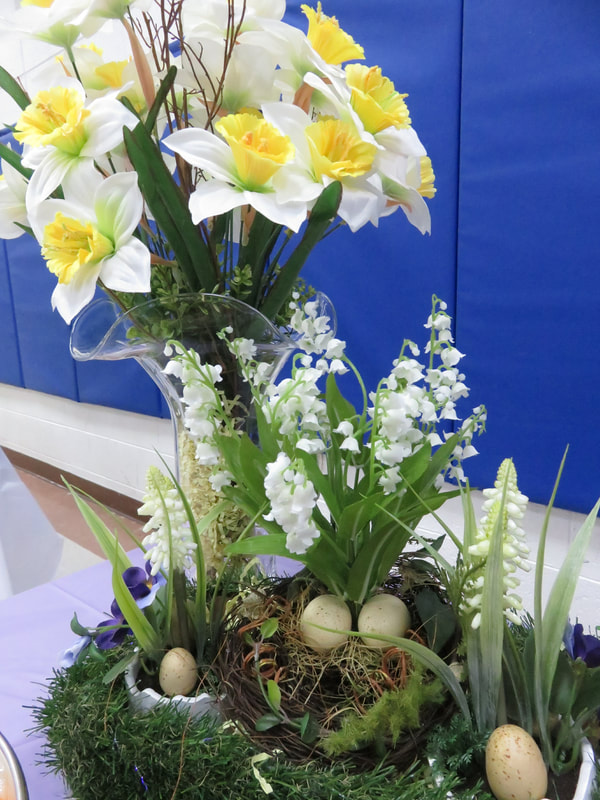
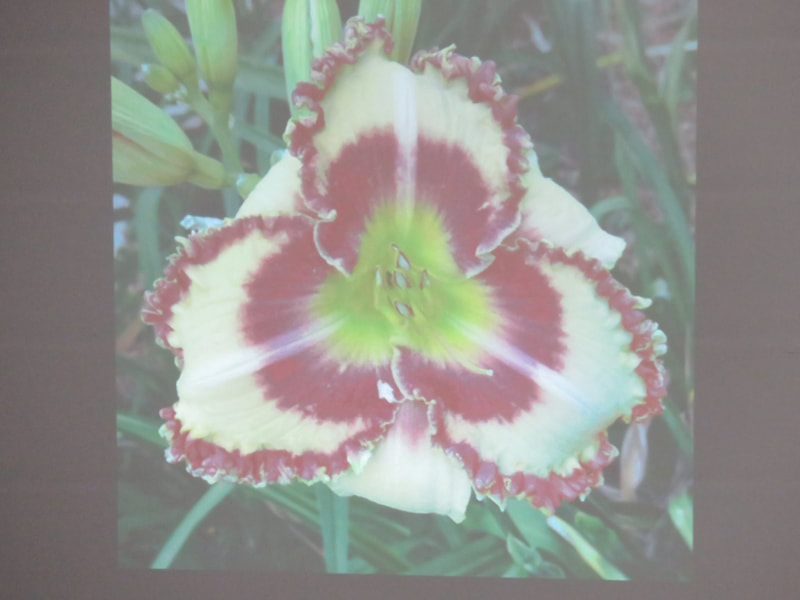
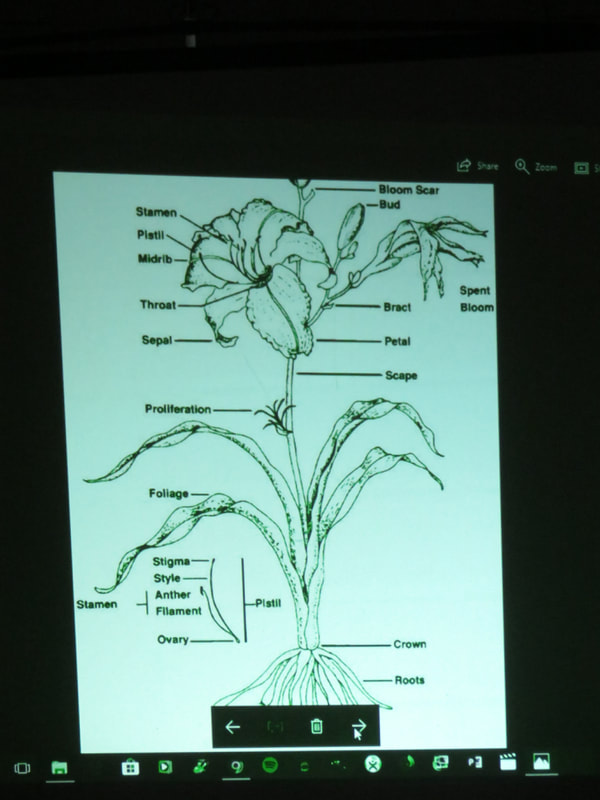


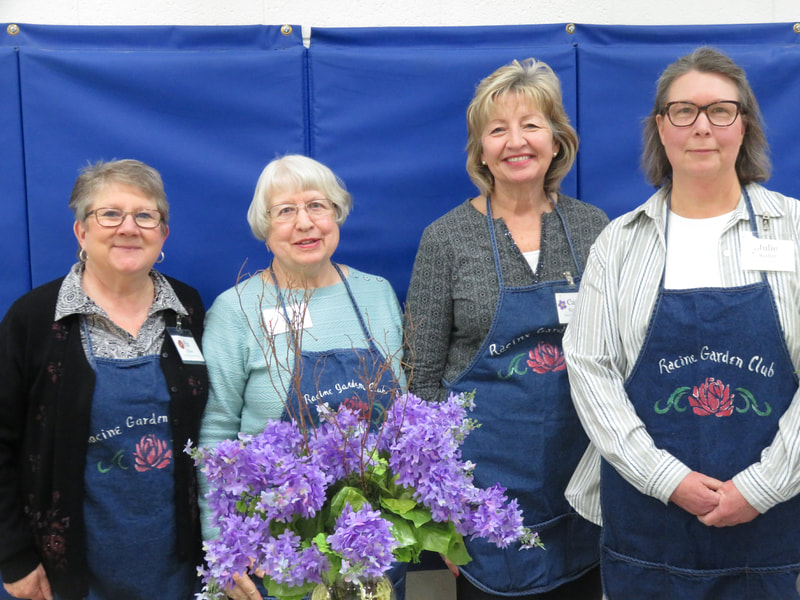
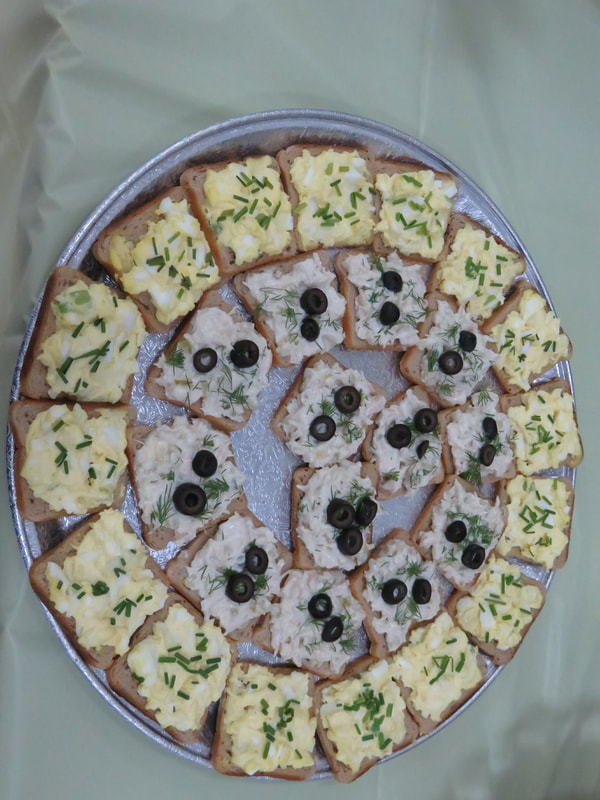

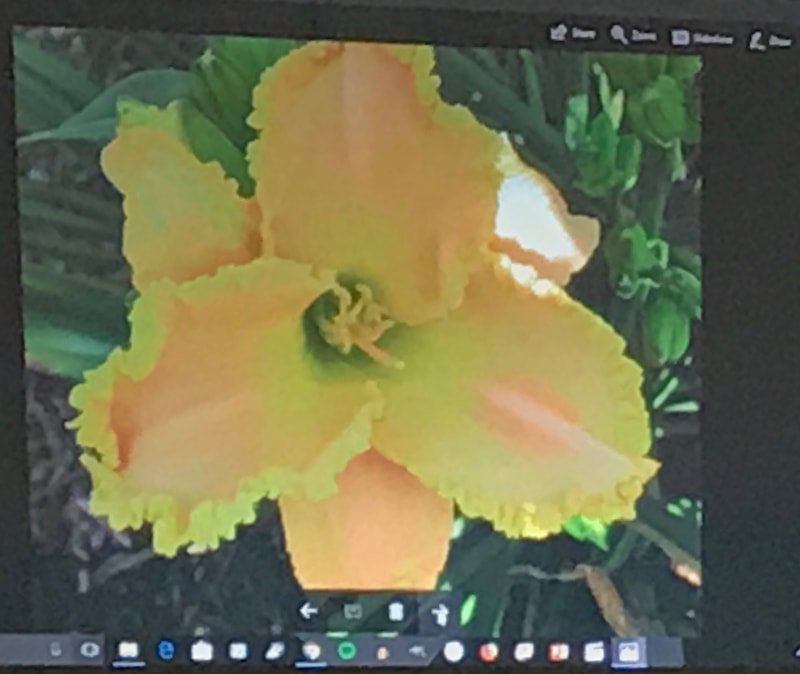
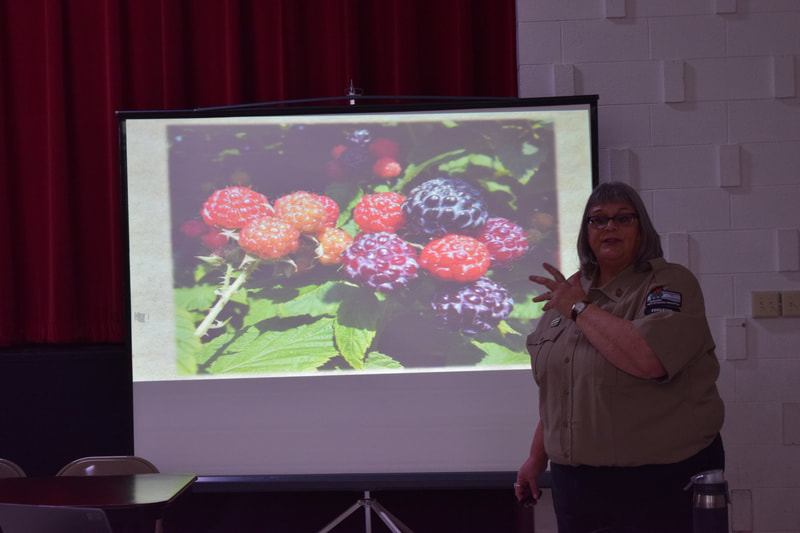




 RSS Feed
RSS Feed